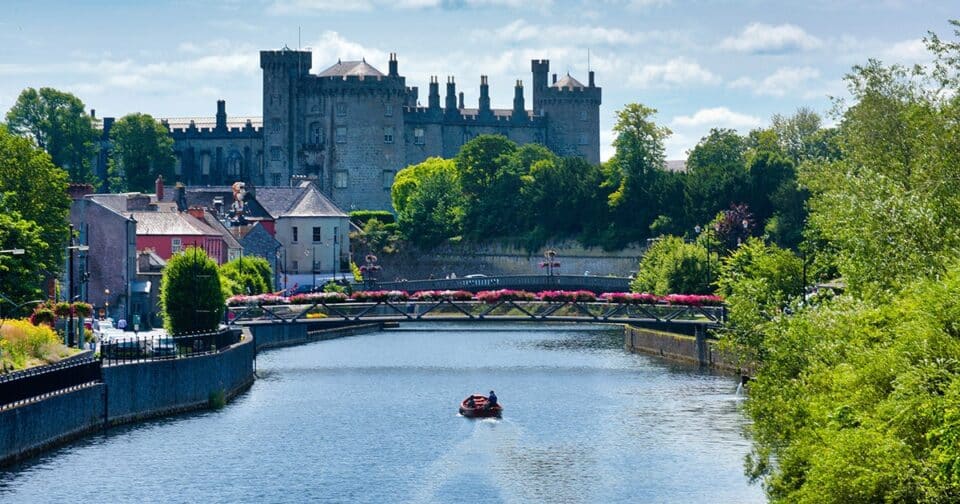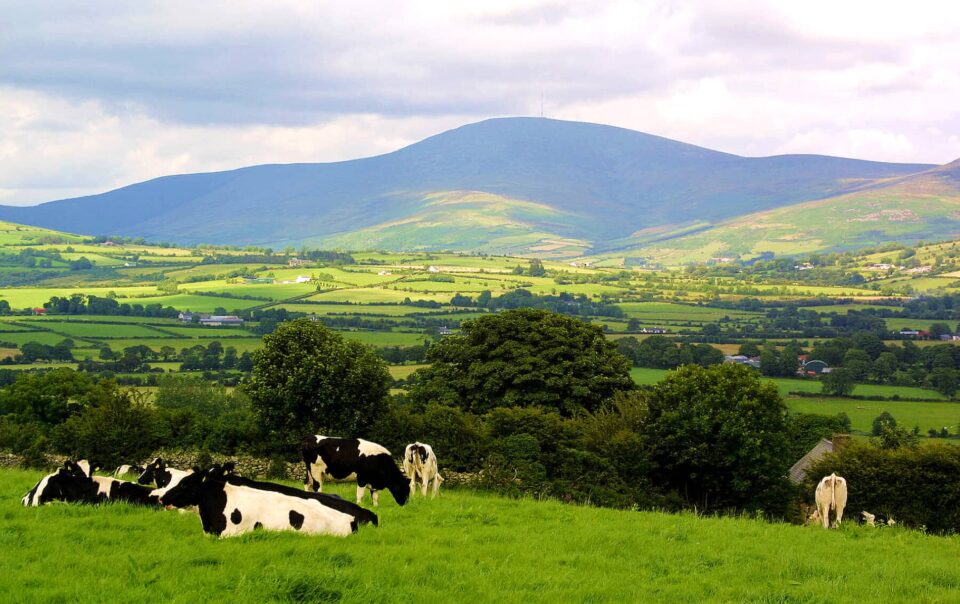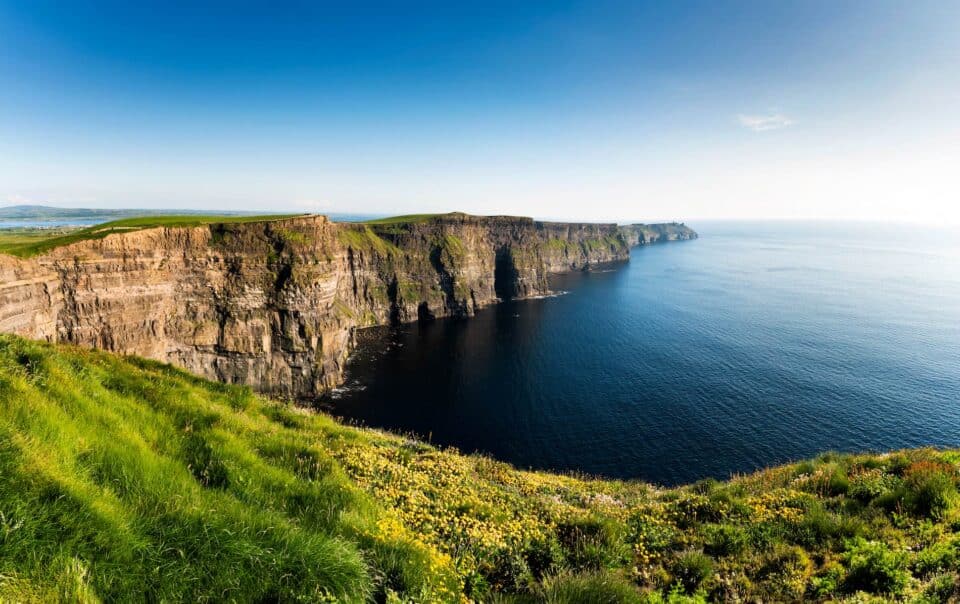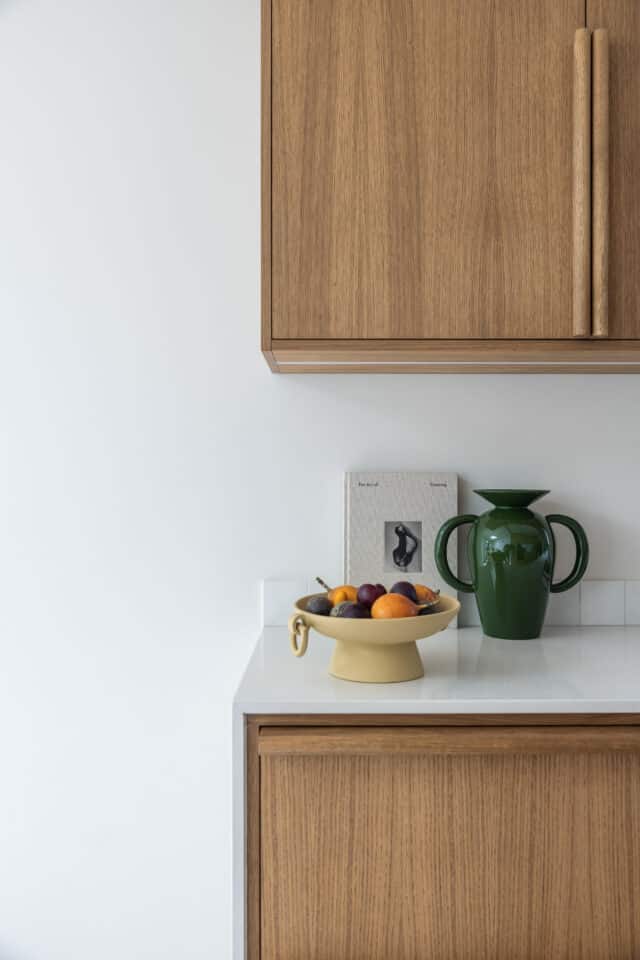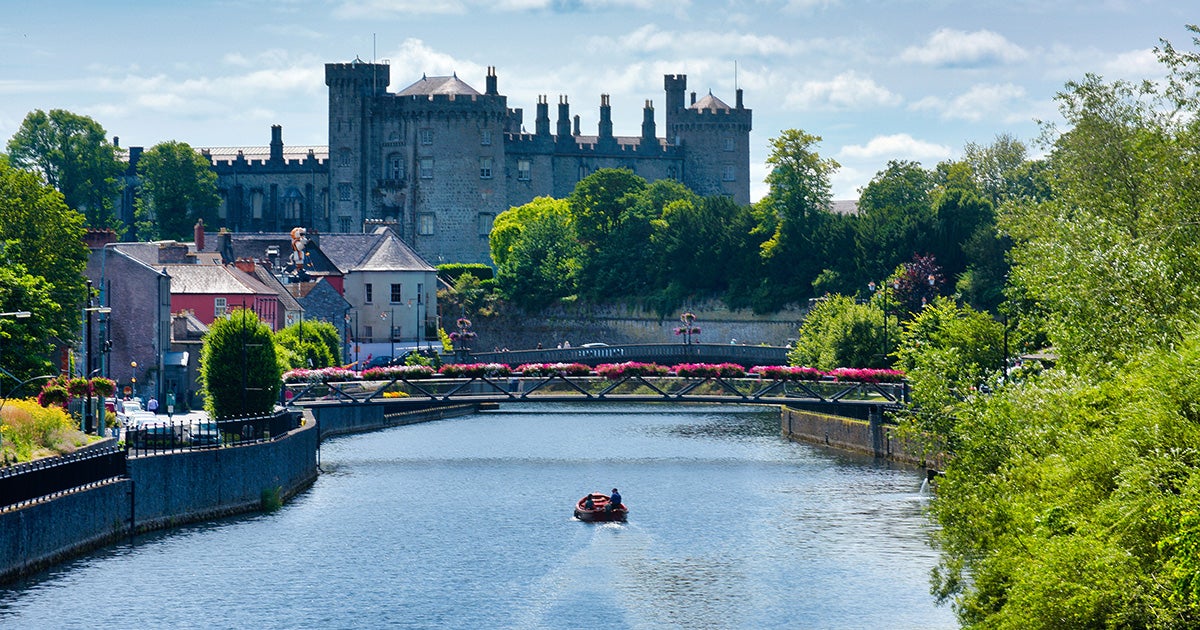The most common way to treat the wastewater that comes from one-off houses in the countryside is to use a septic tank and percolation area.
Where the water needs to be that bit cleaner, or where the soil characteristics are inadequate for a standard percolation area, secondary treatment may be needed prior to infiltration (NI or ROI) or discharge to surface water (NI only). This often takes the form of a mechanical treatment system, which is in effect a mini wastewater plant that requires an electrical input to aerate the effluent.
An eco-friendly and cost-effective secondary treatment alternative is the
constructed wetland or reed bed system. The overall set-up consists of a standard sized septic tank to provide initial settlement, then a fully lined and planted wetland or reed bed area which treats the effluent without any electricity input. The last step is to route the treated effluent from the constructed wetland or reed bed to a soil polishing filter.
Planning permission
Planning permission is needed before installing or amending a sewage treatment system of any sort in both NI and ROI. Even though the ROI Environmental Protection Agency (EPA) is currently reviewing its Code of Practice to offer options for sites with poor drainage, at the moment planning permission for a new house is unlikely to be granted on a site that fails the percolation test.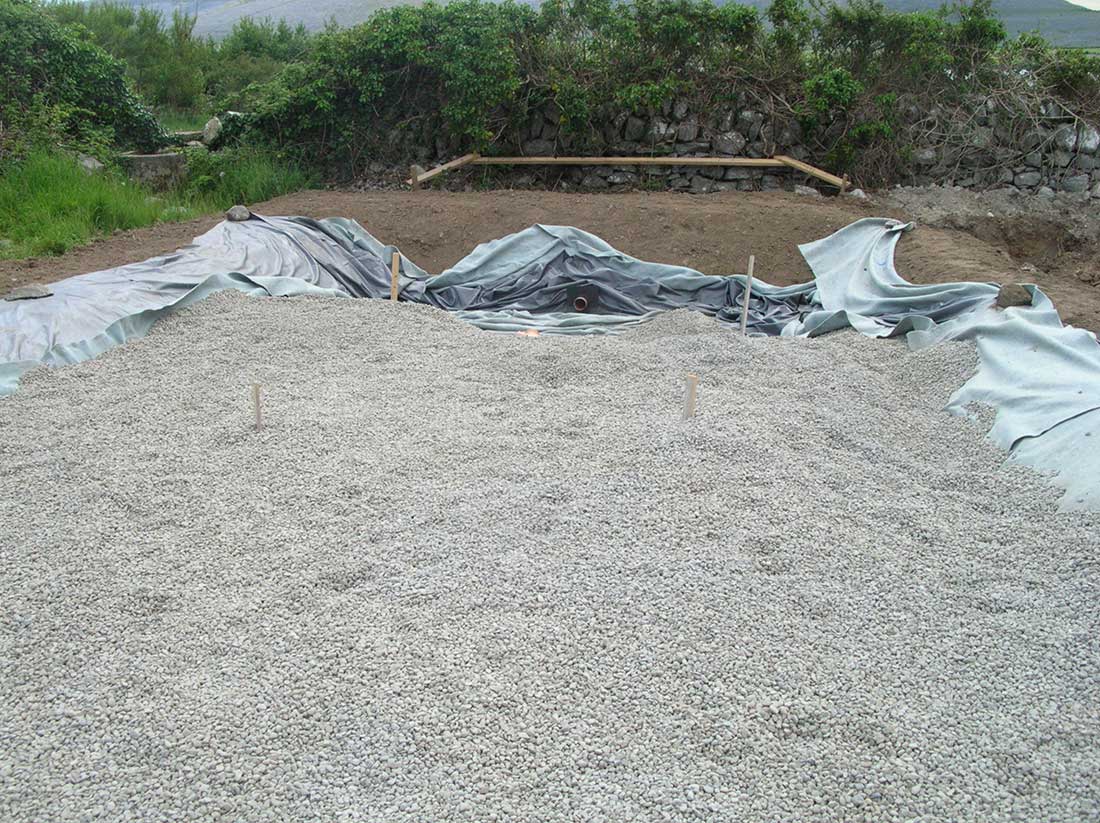
But on land that passed the percolation test planning permission should be relatively straightforward for the options described here since reed beds and constructed wetlands are fully specified in the EPA Code of Practice.
In NI you may, under certain circumstances, be able to discharge into a nearby waterway if the treated effluent is no longer deemed a pollutant and if the soil characteristics are unsuitable for infiltration. For this and for discharge to the ground (via infiltration) you must apply for a discharge consent and follow the guidance of the Northern Ireland Environment Agency’s form WO2.
In an existing house, consider that the most common cause of failure for old septic tank systems is lack of desludging. If this is a problem for your site, then first desludge your tank and then assess the soakage and see if the tank is draining properly to the percolation area. If the percolation area has become clogged with sludge and is draining poorly, then it may be useful to install a secondary treatment system – be that a mechanical unit or a reed bed or constructed wetland – and a new infiltration area to dispose of the treated effluent.
More on wastewater maintenance here.
In terms of costs, reed beds and constructed wetlands generally come in
around the same as a standard mechanical treatment unit (around €3,000/£2,800), unless you can do the design and construction yourself.
Constructed wetland systems are larger than gravel reed beds, but they are less expensive per unit area, so the cost is about the same overall.
Wetland or reed bed options are cheaper to run than mechanical treatment systems, particularly if you can make use of gravity falls within the site, in which case the ongoing running cost can be essentially
zero, after standard tank desludging, which must be done on a yearly basis.
Designing your DIY treatment system
Reed beds and constructed wetlands are lined basins that are backfilled with either gravel or soil respectively and planted with a selection of tall wetland plant species to provide a physical and biological filter for septic tank effluent treatment.
If you live in an area with heavy clay subsoils, it may be possible to leave out the plastic liner for further savings and a lower ecological footprint. The challenge then on such sites is to find an area of ground with suitable percolation characteristics for the infiltration area.
The first step is to select the reed bed type that works best for your site. There are three main reed bed options, each with separate sizing requirements and design protocol.
Soil based constructed wetlands are the largest and most natural, resembling a marsh habitat in which the effluent flows through the leaf litter and plant stems.
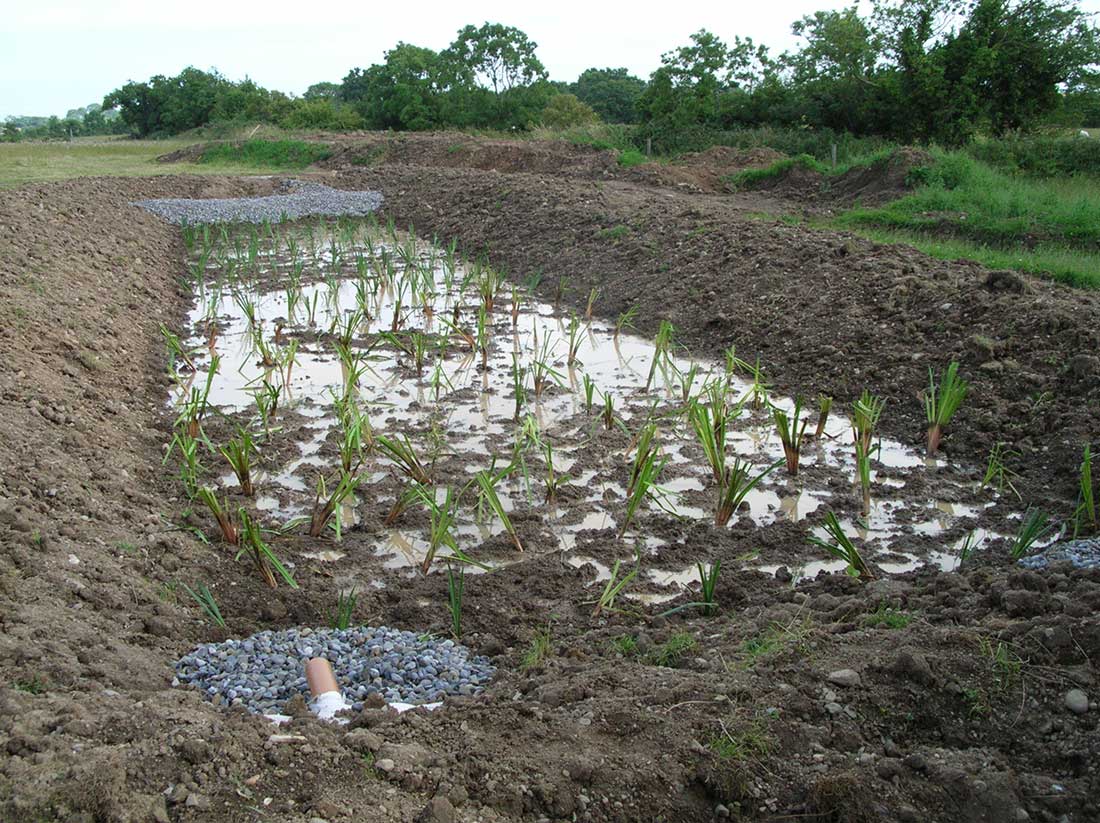 Horizontal flow (HF) gravel reed beds are gravel filled basins which are smaller in size but need greater attention to annual septic tank desludging to keep them running well. Pictured left is a newly planted horizontal flow gravel reed bed system for secondary treatment of septic tank effluent prior to percolation.
Horizontal flow (HF) gravel reed beds are gravel filled basins which are smaller in size but need greater attention to annual septic tank desludging to keep them running well. Pictured left is a newly planted horizontal flow gravel reed bed system for secondary treatment of septic tank effluent prior to percolation.
Vertical flow (VF) reed beds are gravel filled beds that are typically
pump-fed over a coarse sand or fine gravel surface planted with common reed.
In order to achieve secondary treatment (the same as a standard mechanical unit) for tank effluent from a three-bedroom house you’ll need either a constructed wetland of 100sqm; a HF reed bed of about
50sqm or a VF reed bed of 8-15sqm.
After the reed bed you’ll need a polishing filter sized according to the EPA
Code of Practice based on the percolation rate of the subsoil. If you want to go for extra environmental protection (or if you have a high water table or bedrock) you may wish to add a tertiary treatment reed bed (50sqm for a constructed wetland; about 8sqm HF reed bed or 5sqm VF reed
bed).
In this case the infiltration area can be smaller and shallower, as listed in table 10.4 of the EPA Code of Practice 2 (found in the addendum document published in 2012).
Building the system
To build your system, select an area of the site with a fall from the septic tank to the reed bed, and then with an additional gradient down to a percolation area. Pumping may be needed on some sites, but is best avoided if possible to ensure that your system costs less to run, is more
resilient to power shortages and has a lower carbon footprint in the long term.
Excavate the area to the required dimensions for your system type. Line
with plastic if necessary and fit the inlet and outlet piping. Backfill to the correct depth with gravel or soil, depending on the system type that you have chosen. Finally level the gravel or soil to ensure that the effluent passes through the basin correctly without exiting the system prematurely.
Next you’ll need to plant your new reed bed. Common reed (Phragmites australis) is the basic species used in gravel reed beds. For constructed wetlands use this along with bulrush (Typha latifolia), yellow flag
(Iris pseudacorus) and branched burr reed (Sparganium erectum). Note that most tall vigorous wetland plants can be used in a constructed wetland, so if you can source plants locally, so much the better.
Once the system is built and planted, and once you have the infiltration area constructed as per EPA guidelines, then you can connect the septic tank and start to use the system. Annual septic tank desludging is needed, and so is a check that plants are growing well and that the water levels are
as they should be.
Other than that the reed bed should be fairly self-sustaining and should treat your septic tank effluent to a high standard for many years to come, helping to fulfill your legal obligations and to protect the local environment and water quality.



